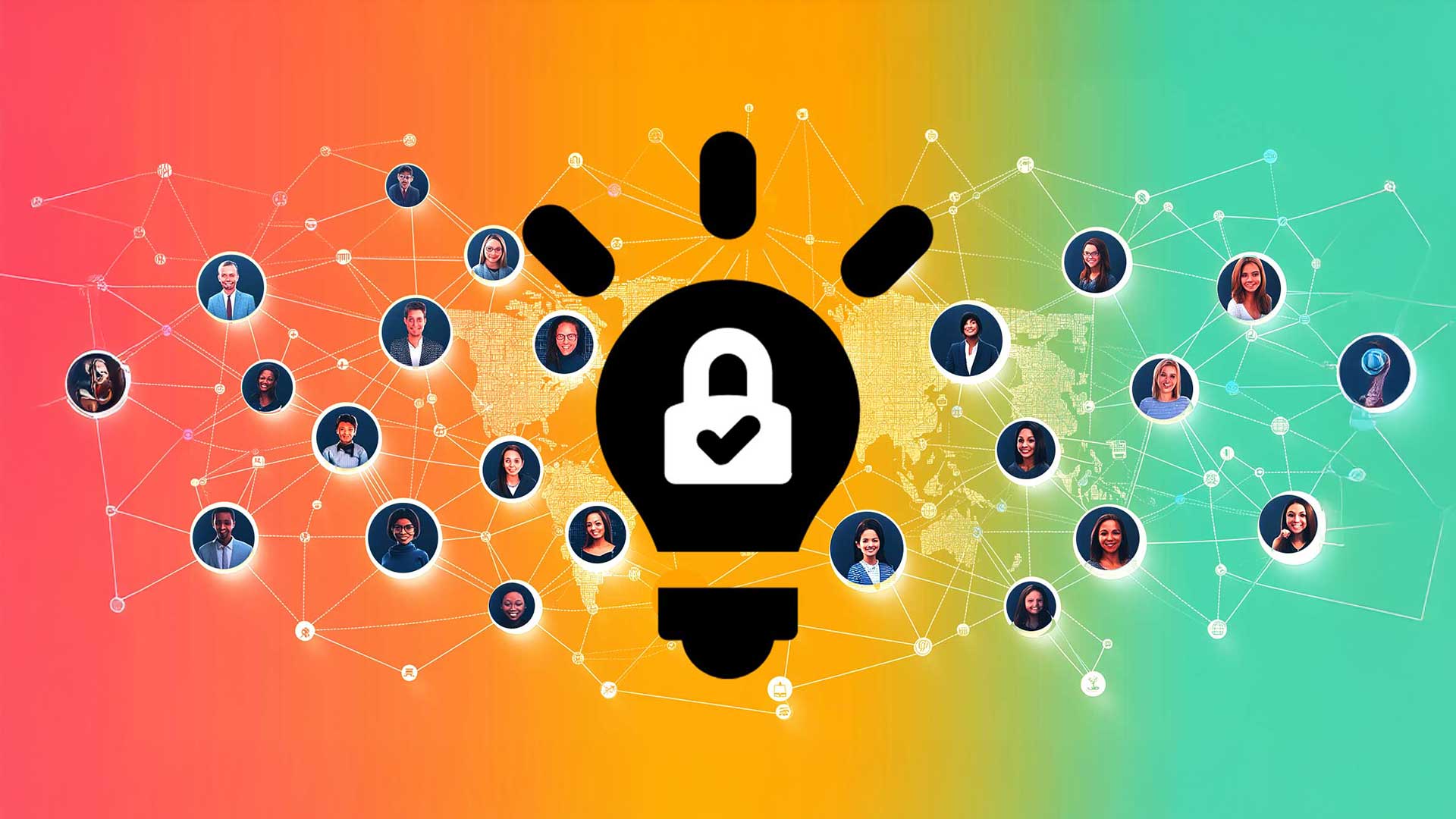
The Secret to Smarter Advertising: How a DSP, DMP, and Identity Graph Work Together
November 12, 2024 | 5 min read
Let’s talk about one of the biggest challenges in digital advertising
Let’s talk about one of the biggest challenges in digital advertising: knowing exactly who you’re talking to—and making sure you don’t lose critical data along the way. Sounds tricky? It doesn’t have to be.
That’s where the magic of combining a demand-side platform (DSP) with a data management platform (DMP) and an identity graph comes in. These tools might sound technical (and they are), but together they make identity resolution seamless and data security airtight. Let’s break it down in plain English and get into why this combo is a game-changer.
What is Identity Resolution, and Why Should You Care?
At its core, identity resolution is all about connecting the dots. Think of all the ways someone interacts with your ads: maybe they’re scrolling on their phone, shopping on a tablet, and then catching up on streaming TV. All of those touchpoints create little breadcrumbs of data.
Identity resolution pieces those breadcrumbs together to form one clear picture of who that person is, no matter where or how they’re engaging with you. It’s the secret sauce behind:
- Pinpoint Targeting: Reaching exactly the people you want.
- Personalized Experiences: Making every ad feel like it was made just for them.
- Efficient Spending: Making every dollar count toward the most relevant audience possible.
But here’s the tricky part: Without the right tools, you risk losing data or misidentifying people. Worse, you might leak sensitive data, which nobody wants.
How a DSP and DMP Work Better Together
Think of a DSP and DMP as peanut butter and jelly—they’re better as a pair. Here’s why:
Centralized Data
A DMP collects and organizes all kinds of data (first-party, second-party, and third-party) to create detailed audience profiles. Then your DSP uses that data to decide who sees your ads, when, and where.
Real-Time Activation
Because the DMP is directly connected to your DSP, it feeds audience data instantly. That means your ads are always hitting the right people with the freshest data—no delays, no guesswork.
Safer Data Handling
A direct connection between your DMP and DSP keeps data transfers secure, cutting down on the risk of leaks or unauthorized access.
Why Third-Party Onboarding Can Be a Risk
When you rely on a third-party data onboarder to bridge the gap between your DMP and DSP, you’re introducing more moving parts—and more risk.
- Loss of Data Integrity: Every additional data transfer creates opportunities for errors or mismatches, reducing the accuracy of your targeting.
- Lack of Real-Time Syncing: Third-party onboarders often operate with delays, meaning your DSP may not have the freshest data when delivering ads.
An Identity Graph Completes the Puzzle
Here’s where things get even smarter. An identity graph ties all those data points together. It maps out who your audience is across devices and platforms, turning scattered pieces of data into a single, unified profile.
Why does this matter?
- Cross-Device Magic:
Imagine showing someone an ad on their phone, then following up with a message on their laptop. An identity graph makes that possible, ensuring your campaigns are consistent and impactful everywhere. - Better Active Match Rates:
When your DSP, DMP, and identity graph work together, you get higher accuracy in identifying who’s engaging with your ads. That means less wasted spend and more ROI. - Cookieless Future? No Problem:
As cookies fade away, identity graphs that rely on deterministic data (like emails) and probabilistic data (like behavior patterns) are becoming essential for keeping your campaigns running smoothly.
Keeping Your Data Safe and Sound
Let’s not sugarcoat it—data leakage is a huge risk. It can lead to privacy violations, lost trust, and even legal headaches. But here’s the good news: A DSP-DMP-identity graph setup minimizes those risks.
- Fewer Middlemen: With everything integrated, there are fewer third-party systems handling your data, which means fewer chances for leaks.
- Secure Data Transfers: Identity graphs use encryption and hashing to ensure sensitive data stays protected.
- Built-In Compliance: With privacy laws like GDPR and CCPA, this system helps you stay on the right side of regulations while respecting user preferences.
Why This Matters for You
When you combine a DSP, a DMP, and an identity graph, you’re not just advertising smarter—you’re building trust and maximizing every dollar you spend. Here’s what you get:
- A Unified View: Know exactly who your audience is, across every device and channel.
- Stronger Connections: Personalize your messaging to make it resonate.
- Data Peace of Mind: Keep everything secure and compliant while minimizing risk.
The Bottom Line
The digital ad world isn’t getting any simpler, and you need a partner who isn’t scared of doing the hard things. People are switching devices, platforms, and apps constantly, and the pressure to stay relevant (and secure) is real.
But with a DSP connected to a DMP and powered by an identity graph, you’re set up for success. Whether you’re running a political campaign or trying to reach a specialized healthcare provider, this trio gives you the precision, security, and flexibility you need to win.








